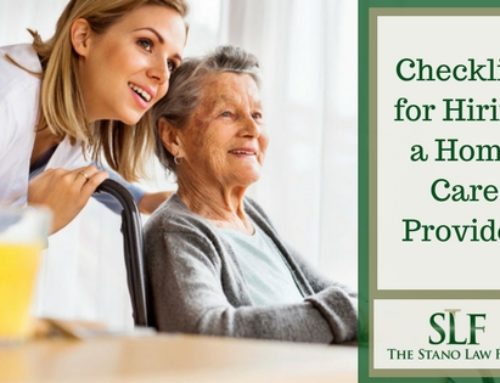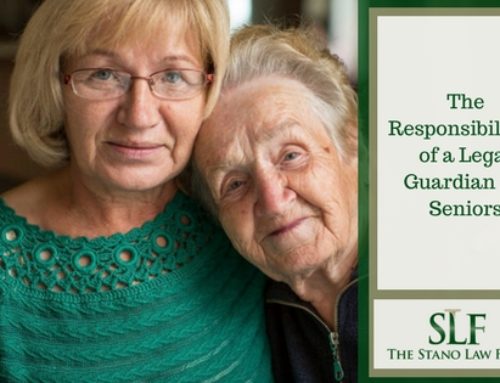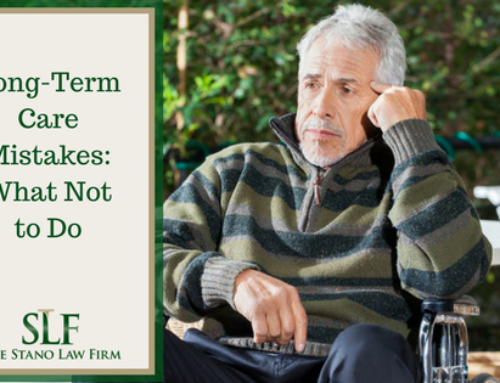Reverse mortgages have become a popular means of acquiring the necessary funds to pay for long-term care costs because they provide a way for senior’s to turn their home equity into cash. What makes reverse mortgages so appealing is that the elder does not have to have an income, will owe no monthly payments, and will not be taxed on the money received.
There are three qualifiers that must be met in order to qualify for a reverse mortgage:
- You must own your own home
- You must be at least 62 years of age
- Your home must be your principle place of residence
The amount that can be taken in a reverse mortgage depends on the age of the home, the home’s current market value and the current interest rate. The homeowner can choose to receive a lump sum, or monthly payments that will continue as long as they live in the home.
When the property is sold, the sale price of the property pays back the reverse mortgage. In the event that the house sells for less than the combination of the loan and interest, the homeowner’s other assets cannot be taken. The lender takes the loss, by law.






